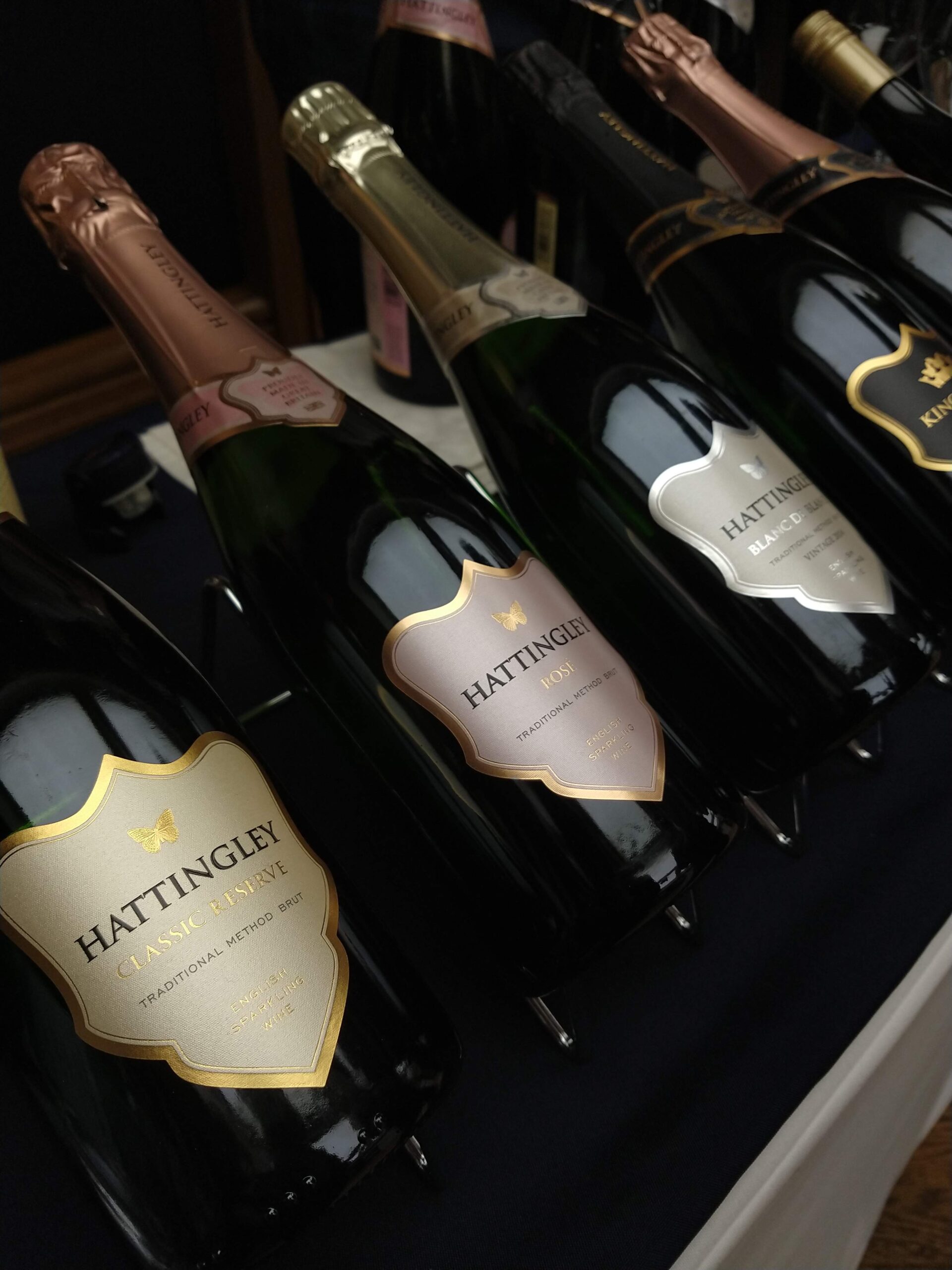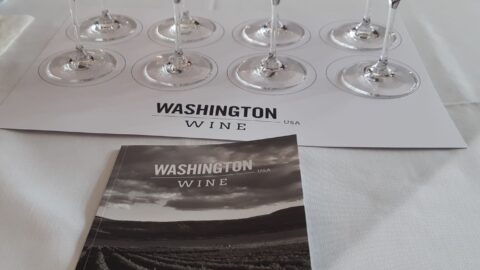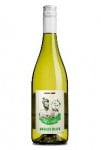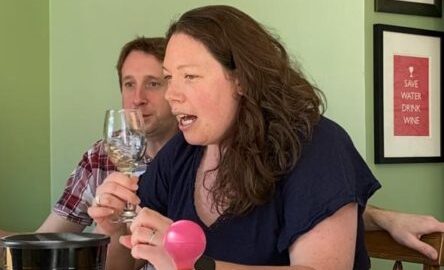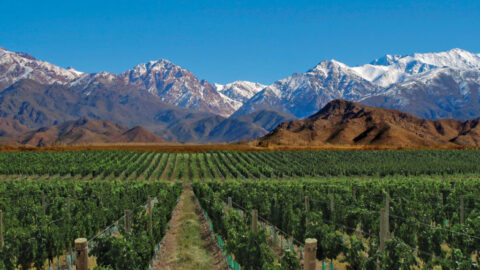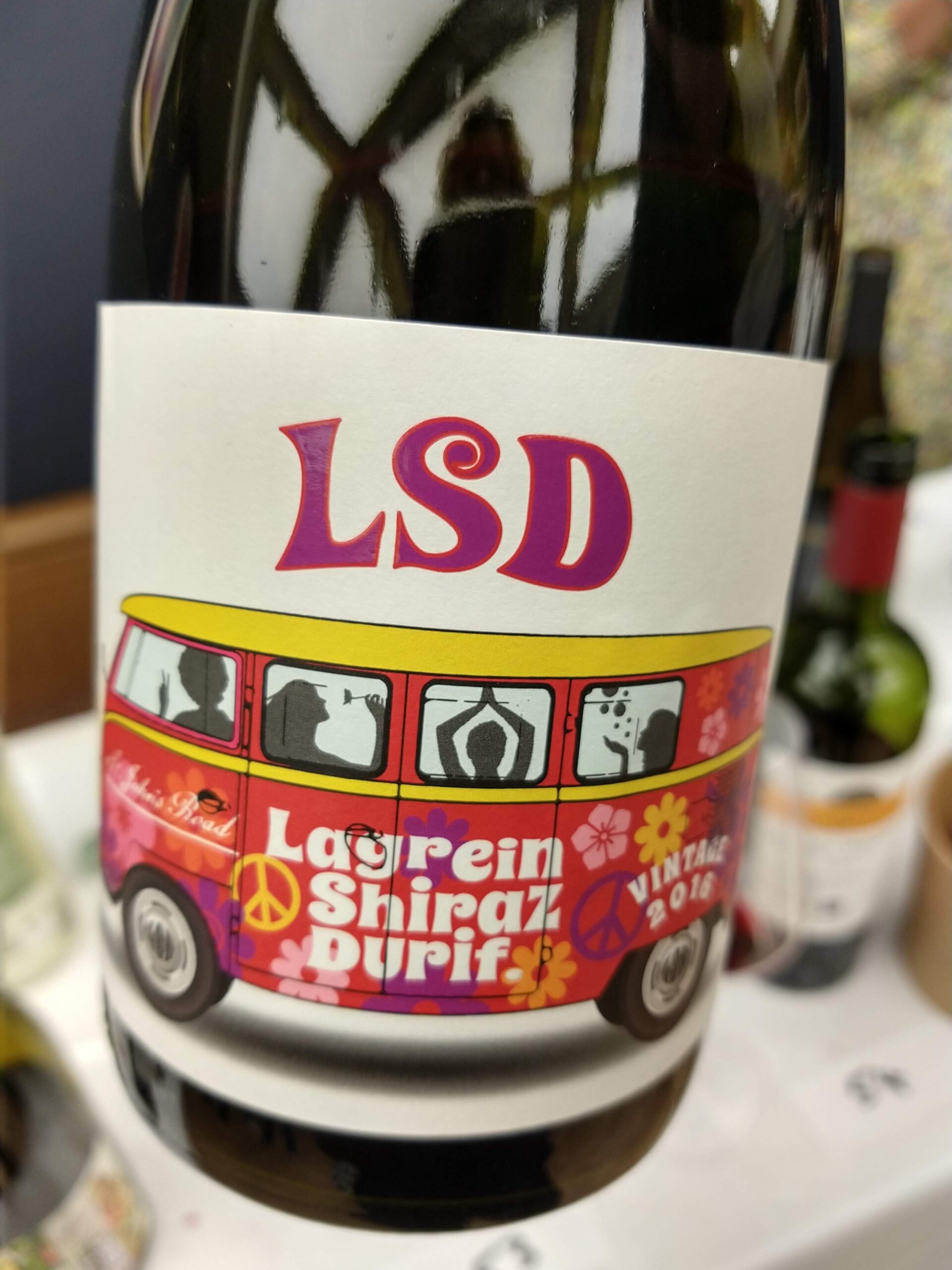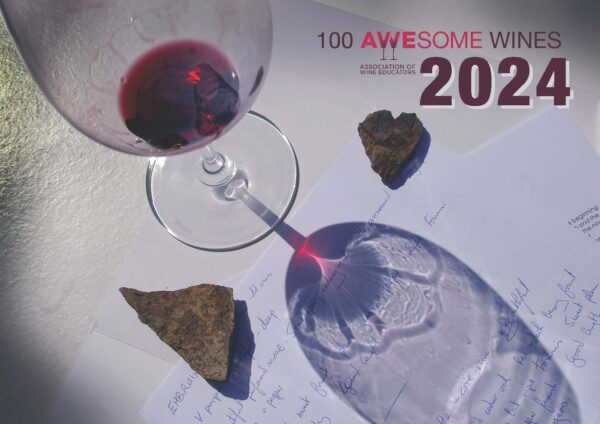Reflections following the annual Vineyards of Hampshire tasting
Quality was certainly on display at the annual gathering of the leading producers of Hampshire this week, but it seems that winemaking still trumps terroir here, as I struggled to discern an imprint that unites them all.
This was the first time I had got to this tasting since COVID, so it allowed me to come to the wines with some distance and to see what had changed in the interim.
Some thoughts and personal highlights:

I tasted wines from seven different producers and the variety of styles and approaches was striking. Hambledon Vineyard continue to plough their furrow of making wines with power and vinosity, without sacrificing elegance. Their Hambledon Première Cuvée is still an outstanding wine and looks only to be getting better. With a base vintage of 2014 and disgorged in April 2022, this has had well over the five years on the lees they advertise. It contains reserve wines in a solera system going back to 2009, stored mostly in stainless steel, but some in oak. It is an expressive wine with toasty richness as you would imagine, with some tobacco leaf, coffee and baked spiced apple, courtesy of the Chardonnay-heavy blend.
The fact that wineries are now able to draw on reserve wines that are over 10 years old is really making its mark in terms of adding depth, complexity – and drinkability, as the Champenois have long known – to newly released wines.
Corinne Seely of Exton Park takes the reserve wines to its (logical?) conclusion and all of her cuvées are now labelled with the number of reserve wines that go into the blend – which are then topped up with the current vintage, instead of the other way round. The epitome is the Exton Park RB45 Blanc de Blancs (RB45 = 45 reserve wines in the blend) which is 100% reserve wines and has vinosity and texture aplenty, incisive acidity, hints of glacé fruit, Comté cheese and red grapefruit. 25% of the blend has been aged in old oak and 35% has gone through malo (not the regular approach at Exton). Corinne was apparently given licence (and financial wherewithal) to install as many small vessels as she needed to store all these reserve wines for the years needed – making other winemakers green with envy perhaps. The investment is certainly paying off now.

At the beginning of their Hampshire adventure is Louis Pommery, the Champagne house’s English venture. Though so much is different in terms of climate and soils from Champagne, and the current vintage, based on the 2019 harvest, is still made from bought in fruit, there is certainly a family resemblance. Louis Pommery England Brut NV is a delicate and pretty blend of 50% Chardonnay, 35% Pinot Noir and 15% Meunier, which has almond blossom and a hint of marzipan, finishing with a touch of white grapefruit bitterness. 2020 will form the base of their first wine from their own grapes, planted (35ha of them, they’ve gone big) in 2017. By 2024 they hope their own winery will be finished and they can become a fully functioning independent producer.
Hattingley Valley continue to fly the flag for the innate quality of wines made in Hampshire and are cannily adding to their product range, which now features five sparkling wines and a new still wine (made from bought in grapes from Kent and Sussex).
The Hattingley Valley Classic Reserve NV is as good an advertisement for Hampshire sparkling wine as you could wish for, with its rich, spicy nose and textured, concentrated palate. They continue to put just under 20% of this blend of all three varieties, which leans to Chardonnay, into older oak. But the showstopper is Hattingley Valley Kings Cuvée Rosé 2015. This is not a coronation bandwagon jump, as Kings is the name of the farm where they are based – but it has turned out to be nicely serendipitous. The nose of this blend of just 10% Chardonnay, with the rest made up of Pinot Noir and Meunier, is fairly delicate, but the palate is all-powerful, broad and richly opulent, with ripe red apple and even a touch of quince.
Hattingley also make the wines for Raimes, whose wines are all pretty neat and very drinkable. I surprised myself by really enjoying their Raimes Demi-Sec 2017 (I can’t get on with demi-sec Champagne). This has actual structure, concentration and interest. The undoubted richness is cleverly balanced with super acidity in a blend of mostly Chardonnay with 25% of Pinot Noir and Meunier.

Finally, it’s impossible to ignore the delights of Black Chalk. I admired, more than loved, the Black Chalk Classic 2020, with its mouth-filling fruit and piercing focus. I have no such reservations about the Black Chalk Wild Rose 2020. With just 2% of still Pinot Noir added, but 42% of exuberantly ripe Meunier in the blend, it is a classy pale salmon colour, with a come hither nose of hawthorn blossom and redcurrant. The palate is expressive but pure, with that streak of intense acidity. Gourmand but precise – I loved it.
Tags: English wines Hampshire wines sparkling wines trade tastings
